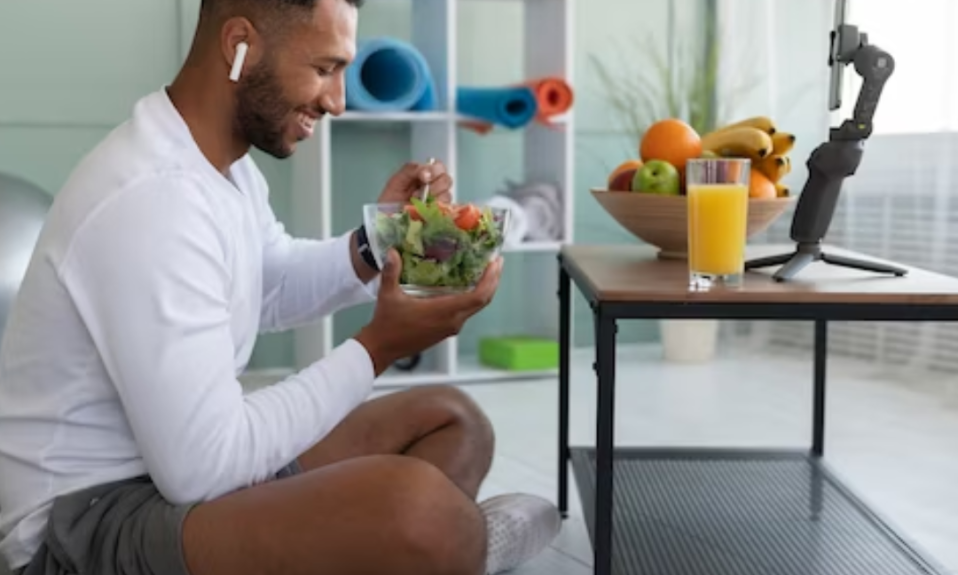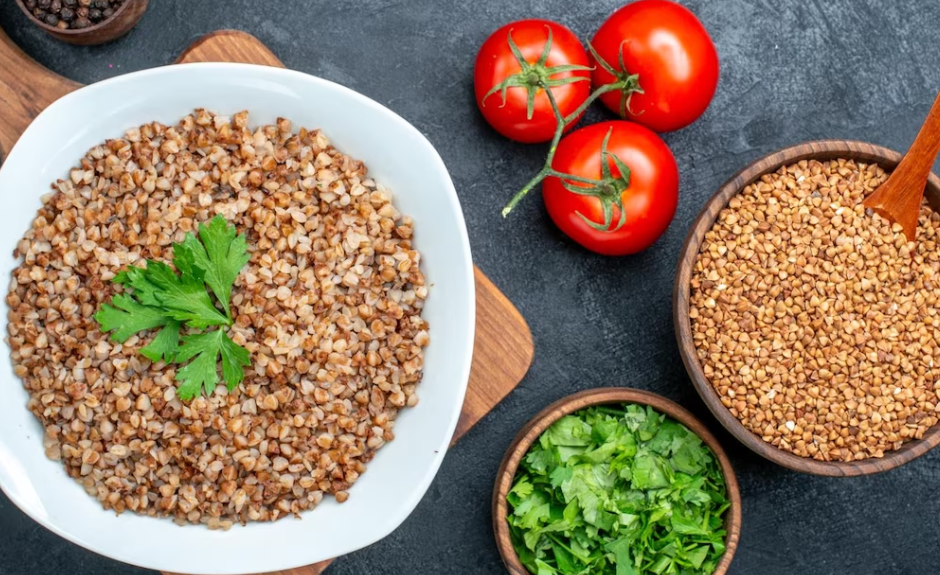Many of us are spending more time at home because of preferring working from home (WFH) over office-based jobs. Maintaining a balance between working from home, taking care of family members, and cooking more meals at home can be difficult.
With few options for eating out or ordering takeout, it’s critical for people with diabetes to maintain a nutritious diet to control their blood sugar levels.
Healthishlife gives you 7 Tips For Healthy Eating While You Are Working From Home (WFH). Let’s dive in.
- Plan Regular Meal Times
It’s important to establish regular mealtimes now that your daily schedule has changed. Try to eat every four to five hours. Try to maintain a steady lunchtime each day, similar to the habit of eating lunch at work.
This behavior can assist in controlling your appetite and lowering the desire to eat throughout the day. For those who are taking diabetes medications, regular mealtimes are especially crucial because they help to maintain stable glucose levels.
- Take Breaks From Work to Eat Mindfully
Your health can be significantly improved by taking a mindful eating strategy. Set aside time specifically for meals, away from work and other distractions like phones and computers. This enables you to fully concentrate on and appreciate your food, improving your ability to control portion sizes and elevating your sense of satisfaction.
Being present during meals also helps you become more aware of when you’re full, which lowers the likelihood that you’ll overeat. To maximize the advantages of mindful eating, make eating a separate activity during your workday.
- Keep Food Out Of Work Area
Our bodies use food as fuel, and it gives us the vigor and productivity we need for work. Keep food away from your work location to prevent stress eating and thoughtless nibbling. It is simpler to slip into the habit of nibbling while working because the mere sight of food might arouse cravings.
This frequently results in feeling hungry and wanting more food. You may encourage healthy behaviors and lessen the temptation to engage in mindless snacking by keeping food away from your workspace.
- Stay hydrated
Especially while working from home, drinking adequate water is essential for maintaining optimal health. Our body needs water to function properly, from preventing weariness to controlling hunger. A typical daily intake is 64 ounces, which is equal to 8 glasses of 8 ounces each. It’s important to remember that everyone has different needs, though. Aim to have 8 ounces, or one cup, of water every hour while working, for a total of 64 ounces throughout an 8-hour workday.
If you already have a routine of bringing your water bottle to work, keep it up even when working from home. Having water nearby during the workplace serves as a gentle reminder to stay hydrated. All fluids count toward your daily need, but it’s recommended to steer clear of sugary drinks and keep artificial sweetener use to a minimum. Try infusing water with fresh fruits for a change of pace, or choose sparkling water. It’s crucial to stay hydrated for general well-being and productivity.
- Plan for Healthy Snacks
It’s simple to overindulge in snacks all day long when you’re comfortable and at home. Establishing a disciplined snacking schedule is essential to preventing overeating. Plan your snacks, especially between meals, around specific periods of the day.
To keep a sensation of fullness, choose healthy snacks that are high in protein, fiber, and healthy fats. It’s simple to take handfuls of snacks straight from a large bag or container, so be cautious of portion sizes. Pre-pack your snacks into smaller containers or portion-controlled bags, much like you would have at work, to help combat this.
- Right Meal Planning
Maintaining a healthy & balanced diet is crucial when working from home, especially for individuals who have diabetes. Reverse meal planning is one technique to make sure your meals are nourishing. Instead of buying particular components for a meal, this entails using what you already have.
Utilize the additional time at home to experiment with new recipes or even batch prepare for upcoming dinners. To properly control blood sugar levels, it’s important to monitor carbohydrate intake and adhere to a diet plan.
- Keep Healthy Pantry Staples
Consider substituting healthy pantry staples for cereal and snack foods to improve your cooking experience at home.
Beans provide a flexible alternative with plant protein and fiber, whether they are canned or dried.
Try pasta made from whole wheat, black beans, edamame, brown rice, chickpeas, or lentils instead of the more common white pasta because they have more protein and fiber.
For adding to meals, quinoa is a great source of protein and fiber. To make curries, soups, and sauces for pasta, rice, or beans, keep canned tomatoes on hand.
When used as a salad dressing, dip, or for roasting veggies, olive oil gives your food a healthy flavor boost. For meals and snacks, nuts & nut butter offer a healthy source of fat and protein.
To add more protein to salads, sandwiches, soups, or pasta dishes, canned seafood options like tuna, sardines, salmon, or oysters can be used. When possible, add fresh/frozen fruits and some vegetables to these pantry staples to balance your meals.













